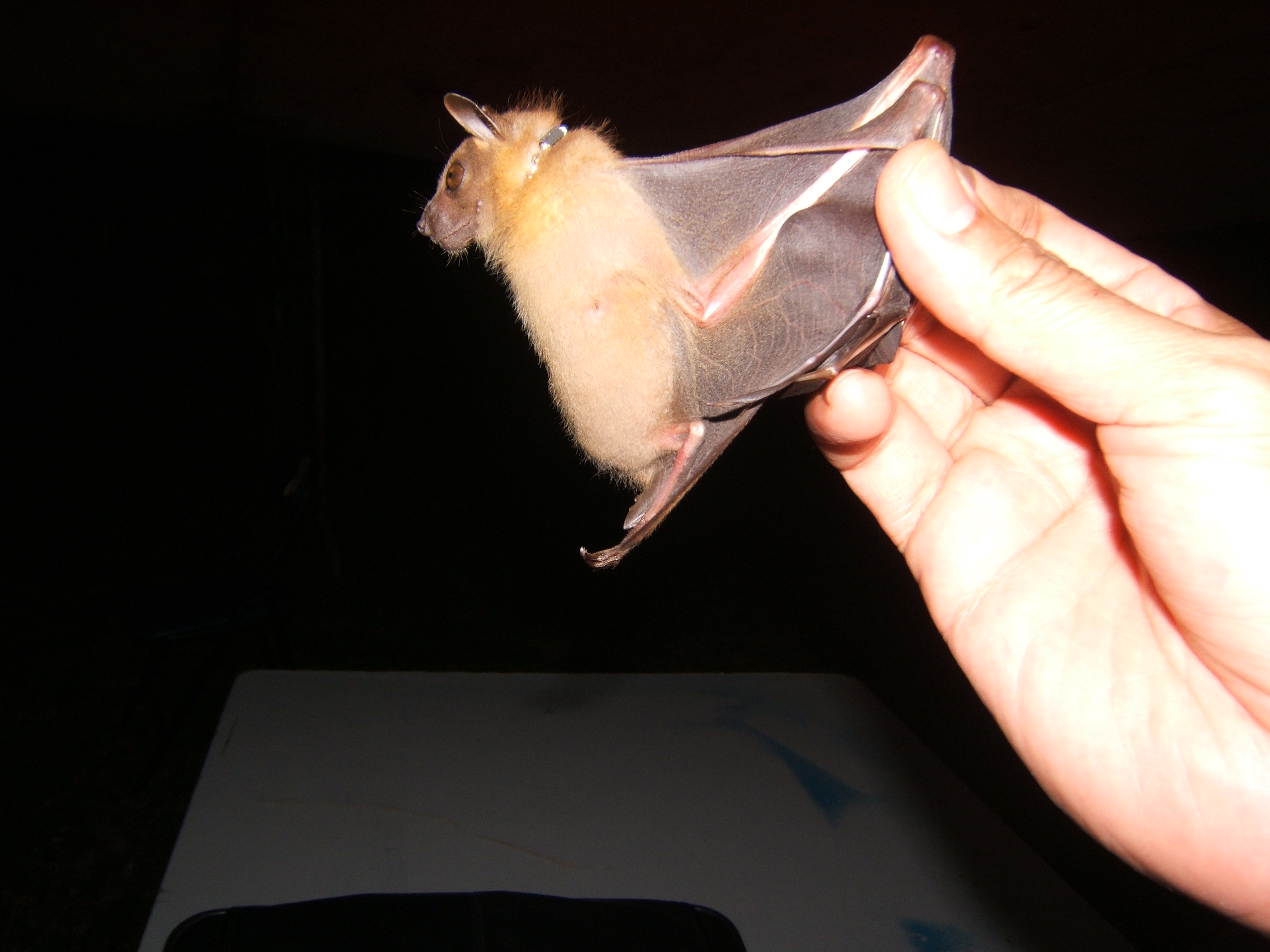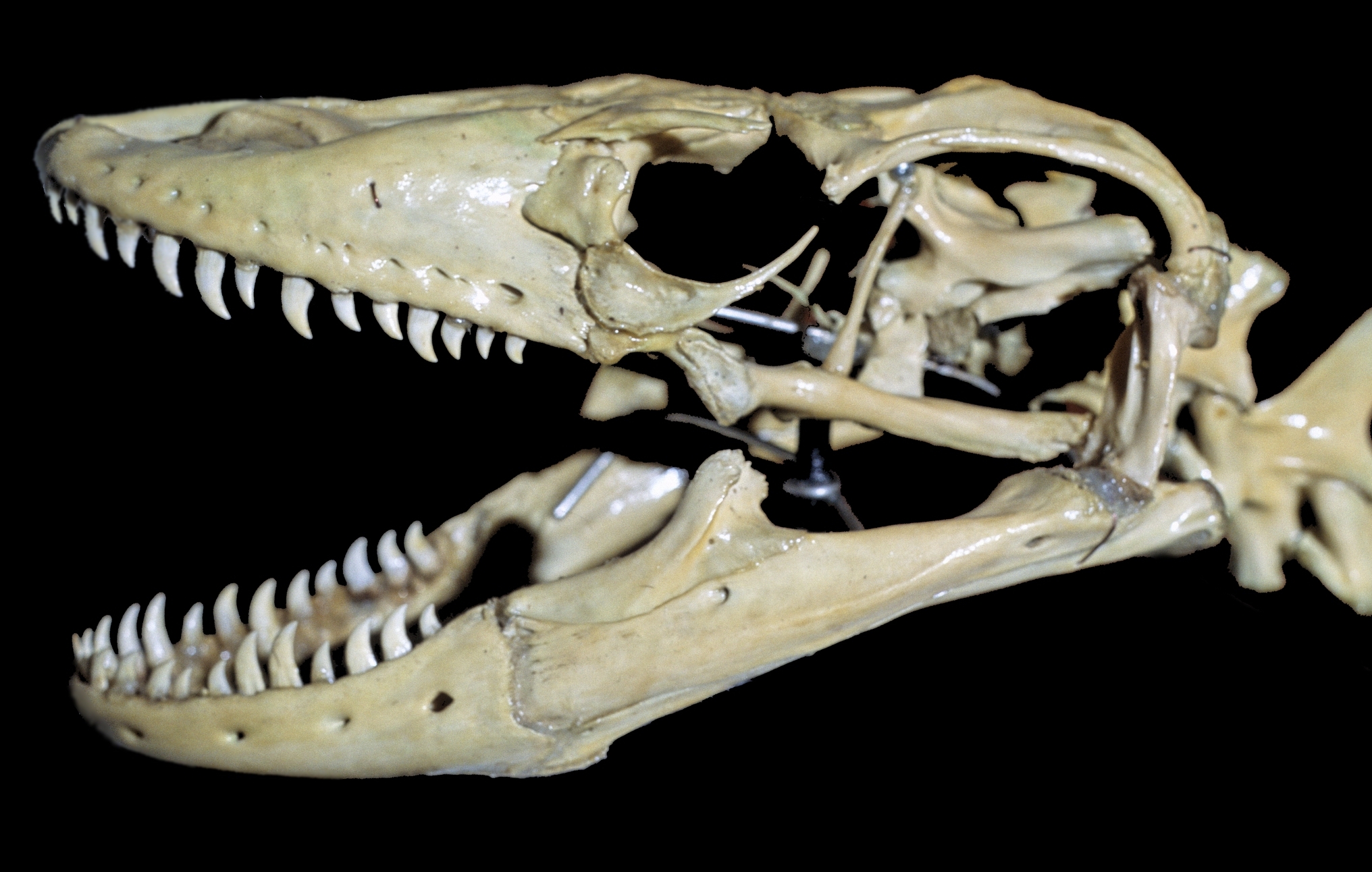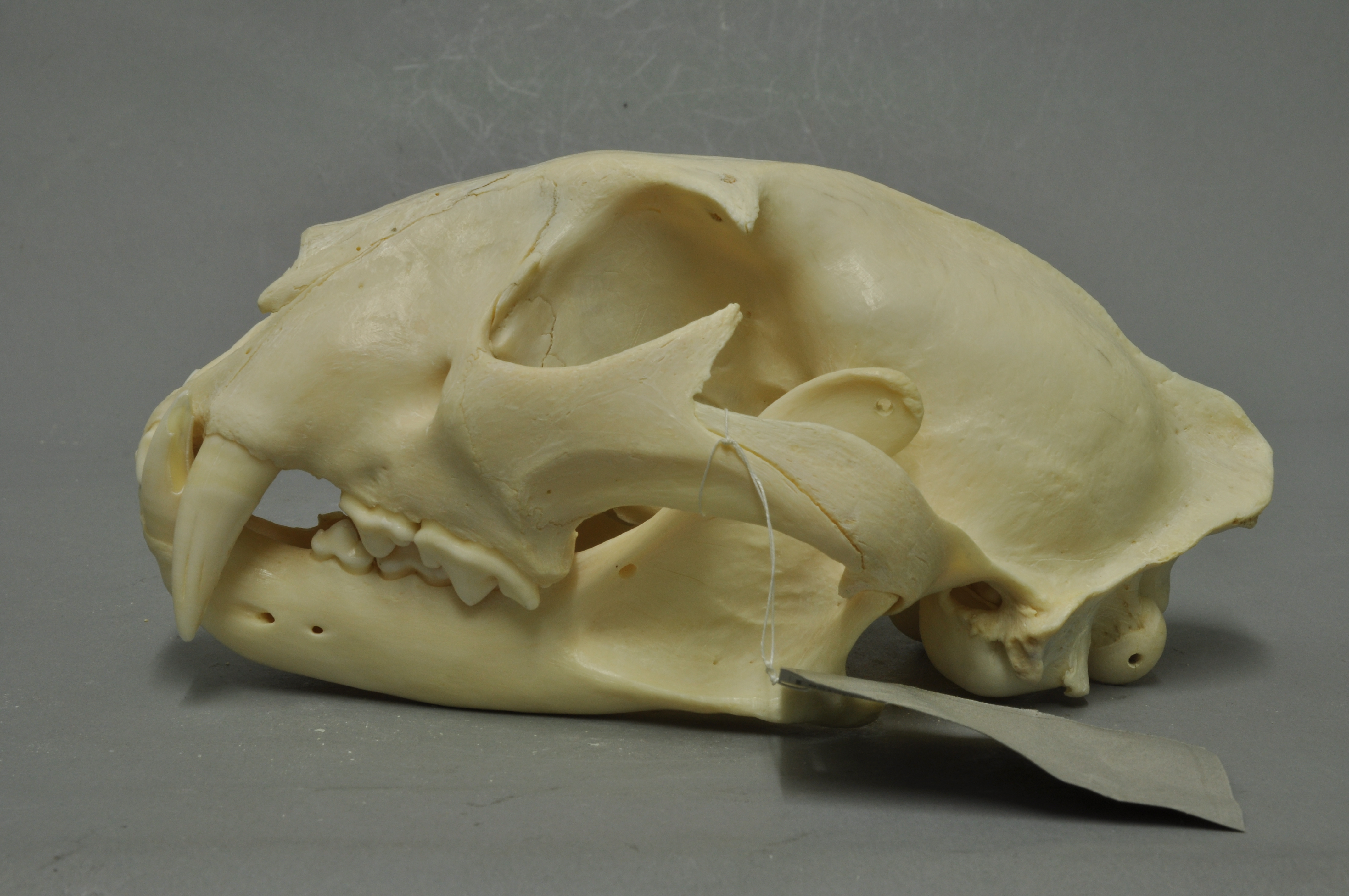|
Rusa Deer
The Javan rusa or Sunda sambar (''Rusa timorensis'') is a deer native to Indonesia and East Timor. Introduced populations exist in a wide variety of locations in the Southern Hemisphere. Taxonomy Seven subspecies of the Javan rusa are recognised: *''R. t. timorensis'' (Timor rusa deer) – Timor. *''R. t. djonga'' – Muna and Butung Islands. *''R. t. floresiensis'' (Flores rusa deer) – Flores and other islands. *''R. t. macassaricus'' (Celebes rusa deer) – Celebes. *''R. t. moluccensis'' (Moluccan rusa deer) – Molucca Islands. *''R. t. renschi'' – Bali. *''R. t. russa'' (Javan rusa deer) – Java. Characteristics The Javan rusa is dark blackish brown and has a grey forehead. Its back is almost black, the underparts and inner thighs are yellowish brown. The abdomen is lighter brown, and the tail tuft is dark blackish brown. The hair is coarse and longer on the chest than on the remaining body. Its ears are wide and a little shorter than t ... [...More Info...] [...Related Items...] OR: [Wikipedia] [Google] [Baidu] |
Baluran National Park
Baluran National Park is located in Situbondo Regency, East Java, Indonesia. It has a relatively dry climate and mainly consists of savanna (40%), as well as lowland forests, mangrove forests and hills, with Mount Baluran (1,247m) as its highest peak.Indra Harsaputra,Baluran: the little Africa of Java' ''The Jakarta Post'', 20 July 2013. Baluran National Park is situated at the north-eastern extremity of Java, close to the islands of Bali and Madura. The park is bordered by the Madura Strait to the north, the Bali Strait to the east, the river Bajulmati (Wonorejo village) to the west and the river Klokoran (Sumberanyar village) to the south. The park is a rough circle, with the extinct volcano, Baluran, at its centre. Its total area is 25,000 ha.Ministry of Forestry of IndonesiaBaluran National Park retrieved 20 December 2013 It consists of five zones: the Main Zone (12,000 ha), the Wilderness Zone (5,537 ha, comprising 1,063 ha water and 4,574 ha land), the Intensive Utilization ... [...More Info...] [...Related Items...] OR: [Wikipedia] [Google] [Baidu] |
Western New Guinea
Western New Guinea, also known as Papua, Indonesian New Guinea, or Indonesian Papua, is the western half of the Melanesian island of New Guinea which is administered by Indonesia. Since the island is alternatively named as Papua, the region is also called West Papua ( id, Papua Barat). Lying to the west of Papua New Guinea and considered a part of the Australian continent, the territory is almost entirely in the Southern Hemisphere and includes the Schouten and Raja Ampat archipelagoes. The region is predominantly covered with ancient rainforest where numerous traditional tribes live such as the Dani of the Baliem Valley although a large proportion of the population live in or near coastal areas with the largest city being Jayapura. Within five years following its proclamation of independence in 1945, the Republic of Indonesia (for a time part of the United States of Indonesia) took over all the former territories of the Dutch East Indies except Western New Guinea, acco ... [...More Info...] [...Related Items...] OR: [Wikipedia] [Google] [Baidu] |
Vulnerable Fauna Of Asia
Vulnerable may refer to: General *Vulnerability *Vulnerability (computing) *Vulnerable adult *Vulnerable species Music Albums * ''Vulnerable'' (Marvin Gaye album), 1997 * ''Vulnerable'' (Tricky album), 2003 * ''Vulnerable'' (The Used album), 2012 Songs * "Vulnerable" (Roxette song), 1994 * "Vulnerable" (Selena Gomez song), 2020 * "Vulnerable", a song by Secondhand Serenade from ''Awake'', 2007 * "Vulnerable", a song by Pet Shop Boys from '' Yes'', 2009 * "Vulnerable", a song by Tinashe from '' Black Water'', 2013 * "Vulnerability", a song by Operation Ivy from ''Energy'', 1989 Other uses * Climate change vulnerability Climate change vulnerability (or climate vulnerability or climate risk vulnerability) is defined as the "propensity or predisposition to be adversely affected" by climate change. It can apply to humans but also to natural systems ( ecosystems). H ..., vulnerability to anthropogenic climate change used in discussion of society's response to climate change * V ... [...More Info...] [...Related Items...] OR: [Wikipedia] [Google] [Baidu] |
Mammals Of Borneo
The mammal species of Borneo include 288 species of terrestrial and 91 species of marine mammals recorded within the territorial boundaries of Brunei, Indonesia and Malaysia. The terrestrial mammals are dominated by the chiroptera (102 species of bats) and rodents (61 species of rats and mice). Introduction The high diversity and endemicity of mammals is related to the many niches found in the tropical rain forest of Borneo and past Pleistocene events within the Sundaland region. During interglacial and post-glacial periods, there was migration of animal from the Asian mainland into Borneo and into Sulawesi via the Philippines. Due to lack of favourable habitats and small founder population, some species of animals have become extinct and others have radiated into endemic species. Of the 57 mammal species that were identified from archaeological remains in the Niah Caves, Sarawak, 13 were bats. Four of these were megachiropterans, ''Pteropus vampyrus'', ''Rousettus amplexicauda ... [...More Info...] [...Related Items...] OR: [Wikipedia] [Google] [Baidu] |
Fauna Of Java
Fauna is all of the animal life present in a particular region or time. The corresponding term for plants is ''flora'', and for fungi, it is '' funga''. Flora, fauna, funga and other forms of life are collectively referred to as '' biota''. Zoologists and paleontologists use ''fauna'' to refer to a typical collection of animals found in a specific time or place, e.g. the "Sonoran Desert fauna" or the "Burgess Shale fauna". Paleontologists sometimes refer to a sequence of faunal stages, which is a series of rocks all containing similar fossils. The study of animals of a particular region is called faunistics. Etymology ''Fauna'' comes from the name Fauna, a Roman goddess of earth and fertility, the Roman god Faunus, and the related forest spirits called Fauns. All three words are cognates of the name of the Greek god Pan, and ''panis'' is the Greek equivalent of fauna. ''Fauna'' is also the word for a book that catalogues the animals in such a manner. The term was first used b ... [...More Info...] [...Related Items...] OR: [Wikipedia] [Google] [Baidu] |
Mammals Of Indonesia
This is a list of mammals in Indonesia. It is derived from the IUCN Red List and includes those mammals that have been extinct since 1500. The following tags are used to highlight each species' conservation status: Subclass: Yinotheria Order: Monotremata (monotremes) ---- Monotremes are mammals that lay eggs instead of giving birth to live young. Momotremata comprises the platypus and echidnas. *Family: Tachyglossidae (echidnas) **Genus: ''Tachyglossus'' *** Short-beaked echidna, ''T. aculeatus'' **Genus: ''Zaglossus'' *** Sir David's long-beaked echidna, ''Z. attenboroughi'' *** Eastern long-beaked echidna, ''Z. bartoni'' *** Western long-beaked echidna, ''Z. bruijnii'' Subclass Metatheria Order: Dasyuromorphia (carnivorous marsupials) ---- The order Dasyuromorphia comprises most of the carnivorous marsupials, including quolls, dunnarts, the numbat, the Tasmanian devil, and the recently extinct thylacine. *Family: Dasyuridae **Genus: ''Dasyurus'' ***New Guinean quoll, ... [...More Info...] [...Related Items...] OR: [Wikipedia] [Google] [Baidu] |
Rusa (genus)
''Rusa'' is a genus of deer from southern Asia. They have traditionally been included in ''Cervus'', and genetic evidence suggests this may be more appropriate than their present placement in a separate genus.Pitraa, Fickela, Meijaard, Groves (2004). ''Evolution and phylogeny of old world deer.'' Molecular Phylogenetics and Evolution 33: 880–895. Three of the four species have relatively small distributions in the Philippines and Indonesia, but the sambar is more widespread, ranging from India east and north to China and south to the Greater Sundas. All are threatened by habitat loss Habitat destruction (also termed habitat loss and habitat reduction) is the process by which a natural habitat becomes incapable of supporting its native species. The organisms that previously inhabited the site are displaced or dead, thereby ... and hunting in their native ranges, but three of the species have also been introduced elsewhere. Species References {{Taxonbar, from=Q75 ... [...More Info...] [...Related Items...] OR: [Wikipedia] [Google] [Baidu] |
Komodo (island)
Komodo ( id, Pulau Komodo) is one of the 17,508 islands that comprise the Republic of Indonesia. The island is particularly notable as the habitat of the Komodo dragon, the largest lizard on Earth, which is named after the island. Komodo Island has a surface area of 390 square kilometres and a human population of over two thousand. The people of the island are descendants of former convicts who were exiled to the island and who have mixed with Bugis from Sulawesi. The people are primarily adherents of Islam but there are also Christian and Hindu congregations. Komodo is part of the Lesser Sunda chain of islands and forms part of the Komodo National Park. In addition, the island is a popular destination for diving. Administratively, it is part of the East Nusa Tenggara province. Description Komodo is part of the Lesser Sunda chain of islands and forms part of the Komodo National Park. It lies between the substantially larger neighboring islands Sumbawa to the west and Flor ... [...More Info...] [...Related Items...] OR: [Wikipedia] [Google] [Baidu] |
Rinca
Rinca, also known as Rincah, Rindja, Rintja and Pintja, is a small island near Komodo and Flores island, East Nusa Tenggara, Indonesia, within the West Manggarai Regency. It is one of the three largest islands included in Komodo National Park. The island is famous for Komodo dragons, giant lizards that can measure up to long. Rinca is also populated with many other species such as wild pigs, buffalos and many birds. Area The island's area is . Living conditions Living conditions for local people on the island are often difficult. Education facilities, for example, are quite limited for children. Some non-government organisations help with the provision of books for children on Rinca. Local people must also take some care to avoid Komodo dragons because Komodos in the area occasionally attack and kill humans. Sea conditions Rinca and Komodo Islands bracket a north-south passage between the Indian Ocean and the Flores Sea. Due to the large bodies of water and narrow gap, the w ... [...More Info...] [...Related Items...] OR: [Wikipedia] [Google] [Baidu] |
Komodo Dragon
The Komodo dragon (''Varanus komodoensis''), also known as the Komodo monitor, is a member of the monitor lizard family Varanidae that is endemic to the Indonesian islands of Komodo, Rinca, Flores, and Gili Motang. It is the largest extant species of lizard, growing to a maximum length of , and weighing up to . As a result of their size, Komodo dragons are apex predators, and dominate the ecosystems in which they live. Komodo dragons hunt and ambush prey including invertebrates, birds, and mammals. It has been claimed that they have a venomous bite; there are two glands in the lower jaw that secrete several toxic proteins. The biological significance of these proteins is disputed, but the glands have been shown to secrete an anticoagulant. Komodo dragons' group behavior in hunting is exceptional in the reptile world. The diet of Komodo dragons mainly consists of Javan rusa (''Rusa timorensis''), though they also eat considerable amounts of carrion. Komodo dragons also occ ... [...More Info...] [...Related Items...] OR: [Wikipedia] [Google] [Baidu] |
Dhole
The dhole (''Cuon alpinus''; ) is a canid native to Central, South, East and Southeast Asia. Other English names for the species include Asian wild dog, Asiatic wild dog, Indian wild dog, whistling dog, red dog, red wolf, and mountain wolf. It is genetically close to species within the genus ''Canis'', but distinct in several anatomical aspects: its skull is convex rather than concave in profile, it lacks a third lower molar and the upper molars sport only a single cusp as opposed to between two and four. During the Pleistocene, the dhole ranged throughout Asia, Europe and North America but became restricted to its historical range 12,000–18,000 years ago. The dhole is a highly social animal, living in large clans without rigid dominance hierarchies and containing multiple breeding females. Such clans usually consist of about 12 individuals, but groups of over 40 are known. It is a diurnal pack hunter which preferentially targets large and medium-sized ungulates. I ... [...More Info...] [...Related Items...] OR: [Wikipedia] [Google] [Baidu] |
Javan Leopard
The Javan leopard (''Panthera pardus melas'') is a leopard subspecies confined to the Indonesian island of Java. It has been listed as Endangered on the IUCN Red List since 2021. The population is estimated at 188–571 mature individuals in 22 fragmented subpopulations and a declining population trend. The total remaining habitat is estimated at only . Characteristics The Javan leopard was initially described as a black panther with dark black spots and silver-grey eyes. It has either a normal spotted coat with rosettes, or a recessive phenotype resulting in a black coat. Distribution and habitat The Javan leopard is confined to the Indonesian island of Java. It is known to inhabit Gunung Halimun National Park, Ujung Kulon National Park, Gunung Gede Pangrango National Park, Ceremai National Park, Merbabu National Park, Merapi National Park, Bromo Tengger Semeru National Park, Meru Betiri National Park, Ijen Mountain, Baluran National Park, and Alas Purwo National Park. It inh ... [...More Info...] [...Related Items...] OR: [Wikipedia] [Google] [Baidu] |








